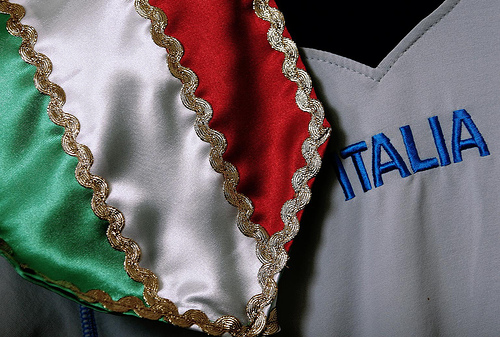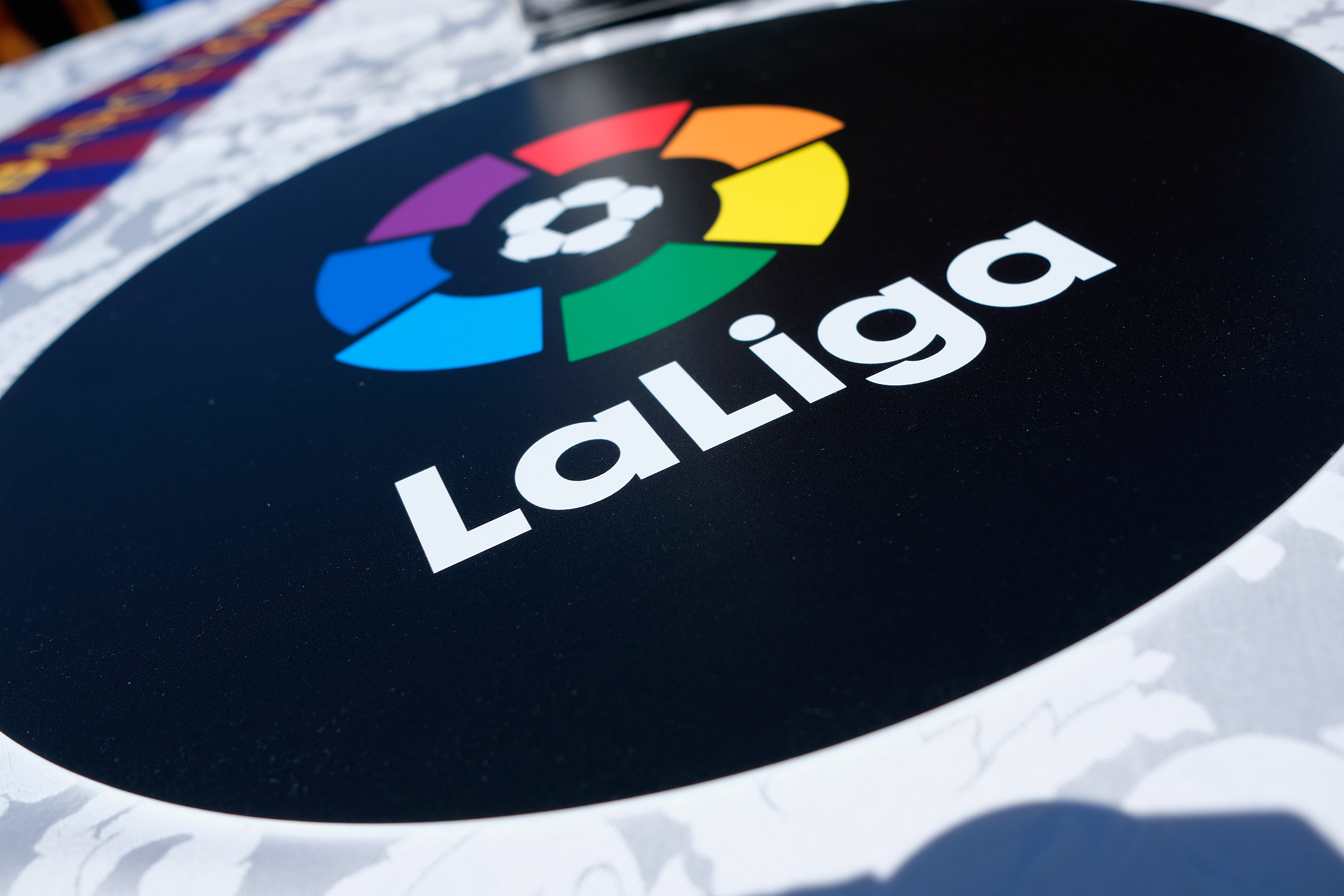South Africa 2010 was one of the lowest points in Italy’s glorious history. Three dismal performances resulted in a rock-bottom finish and a first round elimination.
Lippi’s replacement, Cesare Prandelli, had gathered rave reviews during his coaching stint at Fiorentina. He was expected to provide the Azzuris with a much needed fillip. A new direction was needed, and Prandelli’s past record showed that he was the right man for the job.
So far, it has been decent; not groundbreaking, but definitely an improvement. Prandelli has mostly preferred a 4-3-3 setup, with Antonio Cassano roaming behind the strikers. It is Fantantonio who has decided the first two games of the Euro’12 qualifiers on his own; he provides the crucial spark to an often work-man like Azzuri setup.
Defence – solid but unspectacular
Italy’s well documented problem of developing good full-backs has been one of Prandelli’s biggest headaches. He has tried several players for the left-back position. Stuttgart’s Christian Molinaro started against Estonia. While Molinaro is a decent defender, his ability when going up is at best ordinary. Parma youngster Luca Antonelli started against Faroe Islands. He was pretty impressive, but Faroe is not the most difficult test. Domenico Criscito was brought back into the fold for the game in Belfast. He had a pretty poor world cup, but seems to be returning to form in past few weeks. The left-back position is still up for grabs, as none of the three full backs have impressed enough to be an automatic choice.
Recalling veteran Gianluca Zambrotta emphasizes the extent of Italy’s problem with quality right-backs. Palermo veteran Mattia Cassani was given the nod for the first game. He was replaced by Lorenzo di Sivestri against Faroe Islands, before returning to action against Northern Ireland. He did an admirable job in the first half, but was largely ineffective in the second. Cassani has emerged as the favourite for the right-back position after the game in Belfast.
Cassano has not disappointed so far..
Prandelli hasn’t chopped and changed his centre-backs. The Juventus pair of Giorgio Chiellini and Leonardo Bonucci has started in all games. Individually both are quality defenders, but their combination hasn’t borne fruit yet. They have often looked shaky for both club and country. Chiellini’s error almost gifted a penalty to Northern Ireland. Their understanding needs to be top-notch, if the Azzuris are to expect a defensive line capable of matching past stalwarts. The problem with the current Italy defence is lack of a leader; the backline needs someone who can organize the defensive shape. Italy always had likes of Scirea, Fachetti, Baresi or Cannavaro, players who were blessed with brilliant match reading skills and could anticipate opponent’s moves; the current crop lacks such a cerebral character. Gianluigi Buffon, when he returns, can take up some of the duties of organizing the defence. Till he comes back, Italy will tread on shaky grounds.
Midfield lacks physical presence
Ricardo Montolivo and Andrea Pirlo provided a lot of creative spark in the first two matches. While Pirlo dropped back and played as a regista (deep lying playmaker), Montolivo made frequent inroads in the opponent defence with his darting runs. The link-up play between these two paved the way for Italy to completely dominate the match against Faroe Islands. Unfortunately, Montolivo has suffered from an ankle injury; he might need a surgery, which will keep him out for some weeks. He was replaced by another man in form – Lazio’s Stefano Mauri. His performance didn’t make Montolivo’s absence felt. Boriello missed a golden opportunity to score against N Ireland from a Mauri assist.
De Rossi needs to rediscover his form
Prandelli’s bigger headache in midfield has been Daniel De Rossi’s indifferent form. The Roma cult hero is yet to recover from his lack of form from the World Cup. He hasn’t made too many glaring mistakes defensively; it’s his contribution to attack that leaves a lot to be desired. His trademark long rangers have also gone missing for a while.
DDR is one of the most crucial players in the peninsula currently. In his mid-20s, he has the potential to be one of the all time greats for Italy, but needs to find his form quickly. His replacement, Angelo Palombo, is more brawn and less brain. He can play as a snatcher and blocker in midfield, but doesn’t have De Rossi’s attacking instincts. Claudio Marchisio, the second choice behind Palombo, is not consistent enough to be a regular.
Attack – Where are the goal-scorers?
After Christian Vieri, Italy has not produced a natural goal-scorer. Some strikers, like Luca Toni, have enjoyed brief spells of success at the club level but never translated that form for the National Team, while some have talent but are not consistent(like Alberto Gilardino) and the rest of the pack are just not good enough(Boriello or Amauri).
A competent centre-forward capable of playing as a pivot is an important requisite in a 4-3-3, and Italy is still searching for that centre-forward. Giampaolo Pazzini, the most prolific Italian striker in last 2 seasons, is yet to perform at the same level for the Azzuris. Gilardino is capable of moments of brilliance but is not consistent. Cassano has been inspirational, scoring two goals in three matches, but an over-dependence on him for goals is bound to hurt Prandelli’s men in future.
The most baffling inclusion has been Simon Pepe as right-winger. Pepe has hardly impressed for Juventus and Italy, and yet he continues to enjoy match time in the blue jersey. Astonishingly, he has kept one of Italy’s most talented strikers on bench – Giuseppe Rossi. Rossi has made a good start to the 2010-11 season, having scored four goals in six matches so far; he has looked dangerous whenever he came on as a sub. Pepe’s only plus point is his work-rate. However, his running is often pointless, as it yields no end results.

Pazzini, an answer to goal-scoring problems?
A classic case of Italy’s suffering was the match in Belfast. The four-time world champions dominated possession for most of the game and were able to carve out three golden goals-scoring chances. Boriello and Pazzini both failed to latch onto the opportunities, as the match finished 0-0.
Prandelli will certainly be boosted by the imminent return of Mario Balotelli. Balotelli’s explosive talent will give some edge to a toothless Italy attack. He is also capable of playing as a centre-forward or as a support striker, possesses good off-the-ball movement, and can like well with Cassano and Rossi. The lack of movement of current centre-forwards is painfully obvious at times; against N Ireland, Boriello was often stranded in the box.
Looking towards a brighter tomorrow?
It is far too early to draw conclusions about the Prandelli era, but it has begun in the right note. For starters, Italy no longer plays the mindless long ball game, which was one of the most serious diseases plaguing the Azzuris in the last four years. So far, Italy has stayed true to its tradition – a slow buildup from the back, playing possession football and patiently waiting to unlock opponents’ defence.
Lippi’s second reign was marred by his insistence in picking out-of-form Juventus players. Prandelli has not shown any such partiality,giving players’ form a higher priority. Lippi’s first stint was glorious because he picked players from Palermo or Udinese; he went for players who suited his system, irrespective of the club they play for. Likewise, Prandelli has given chances to Bologna’s Viviano or Parma’s Antonelli. He had a stormy relationship with Pazzini during the latter’s Fiorentina days, but so far he has not let that cloud his judgment of Pazzini, unlike Lippi’s much publicized fall-out with Cassano.
Prandelli still needs time to build an Azzuri outfit similar to the one of 2006. As of now, he seems to be going on the right track.






